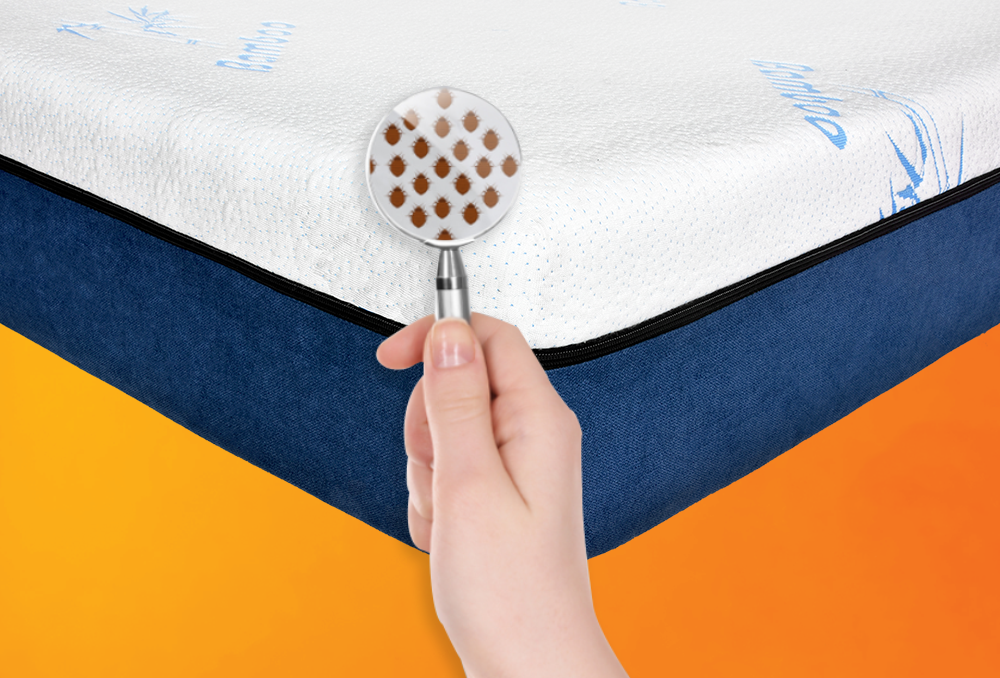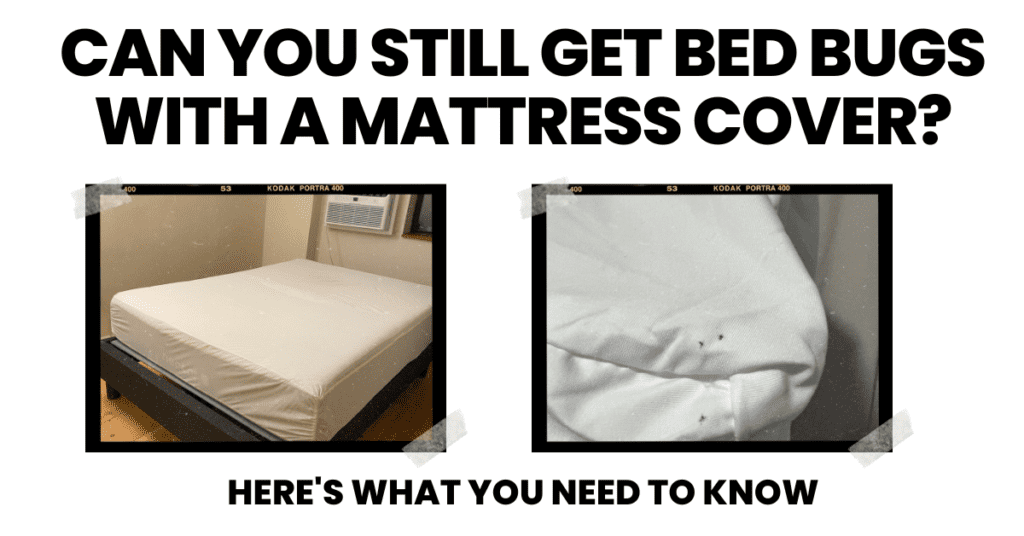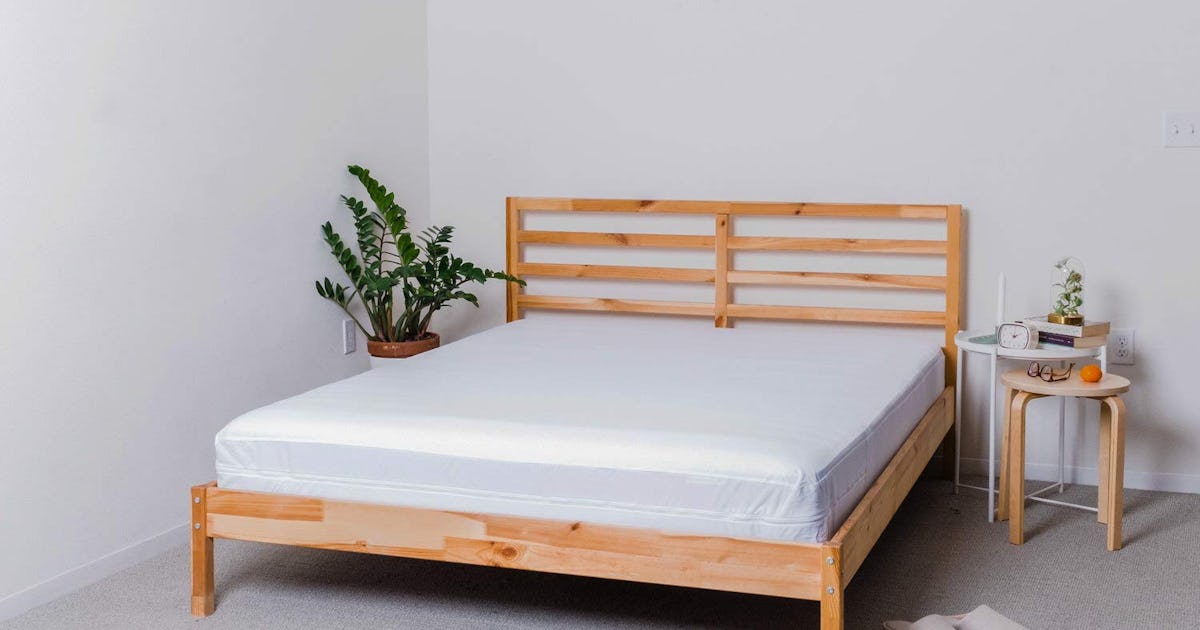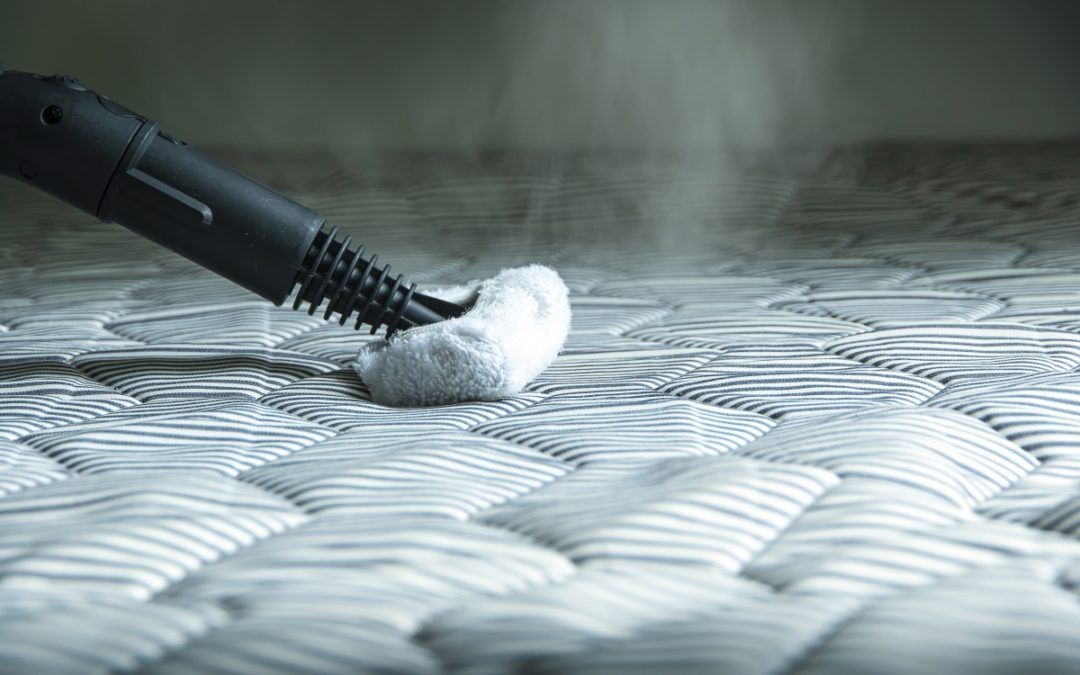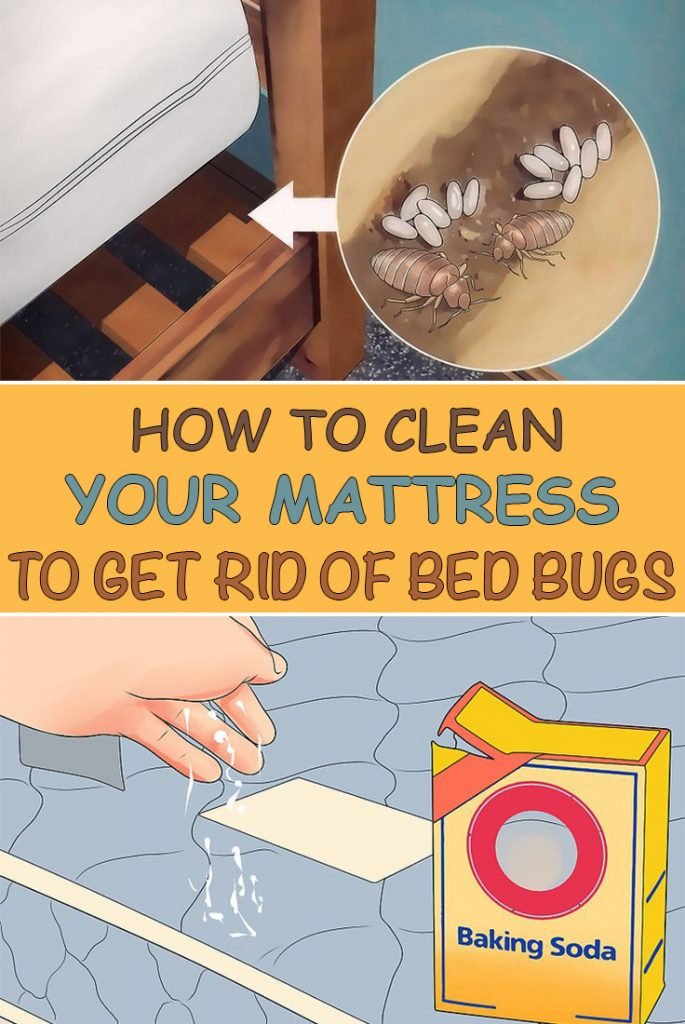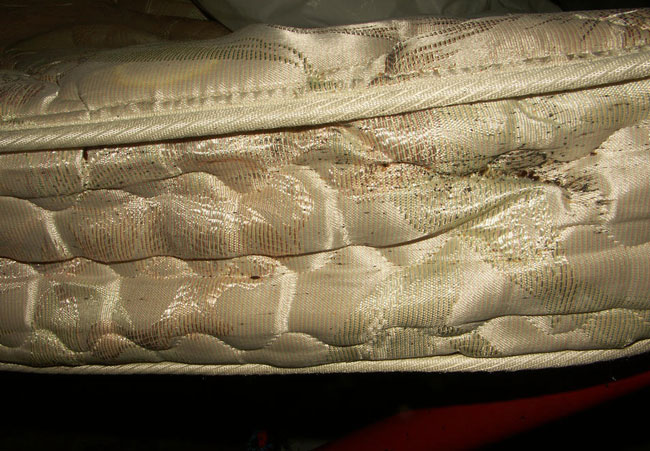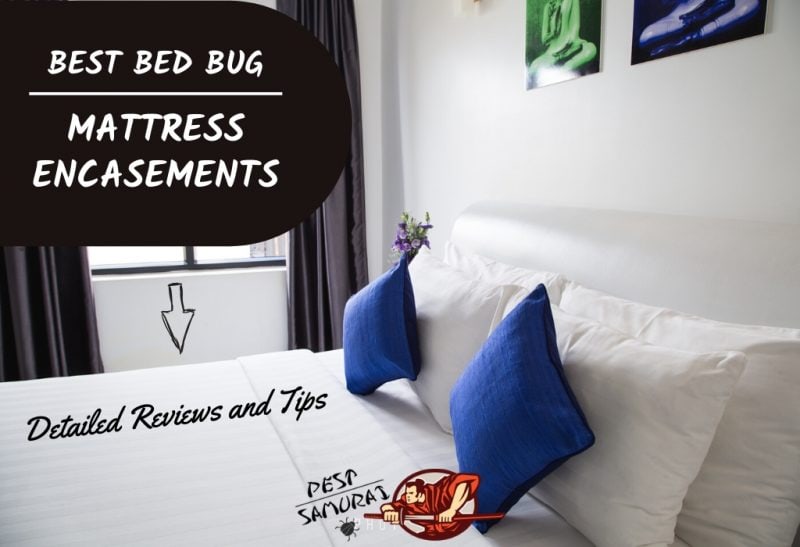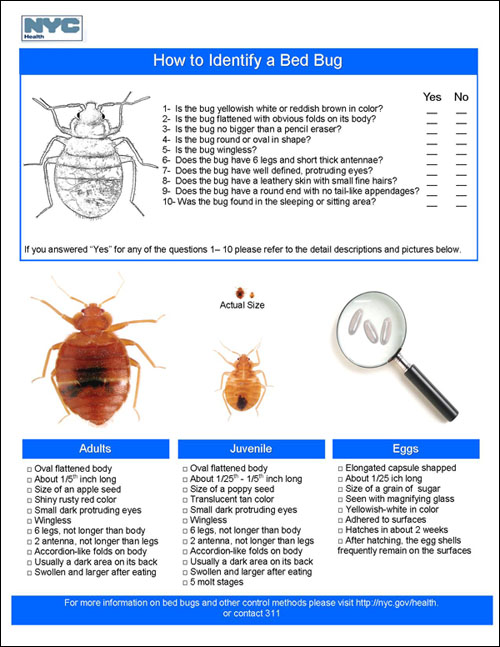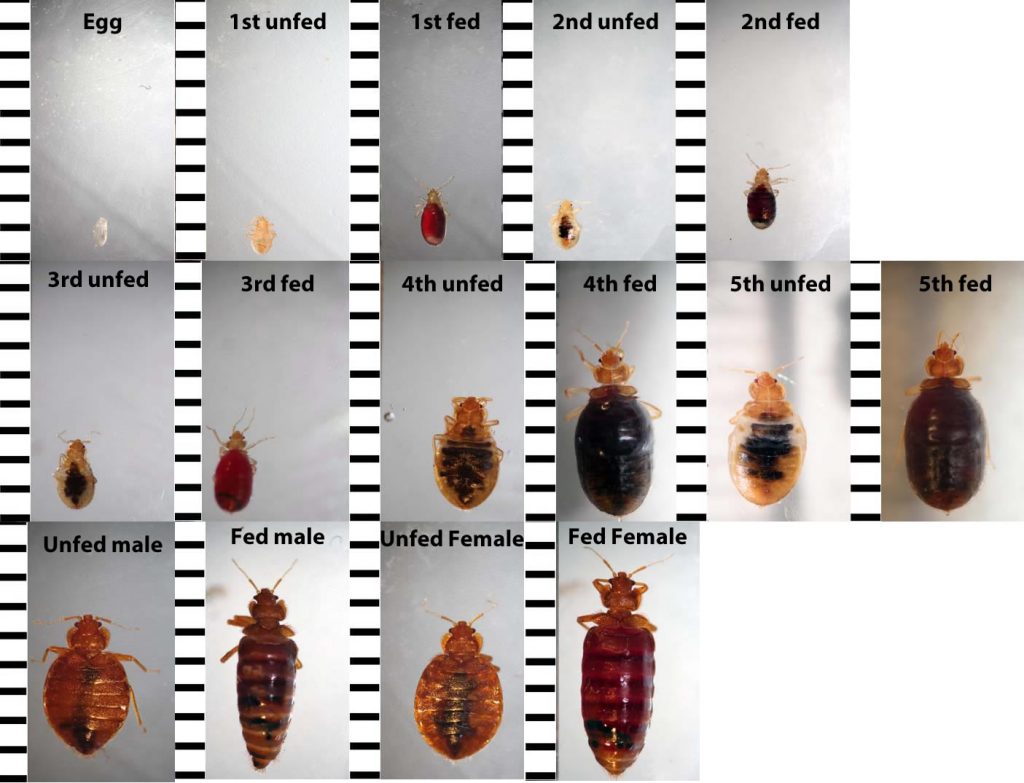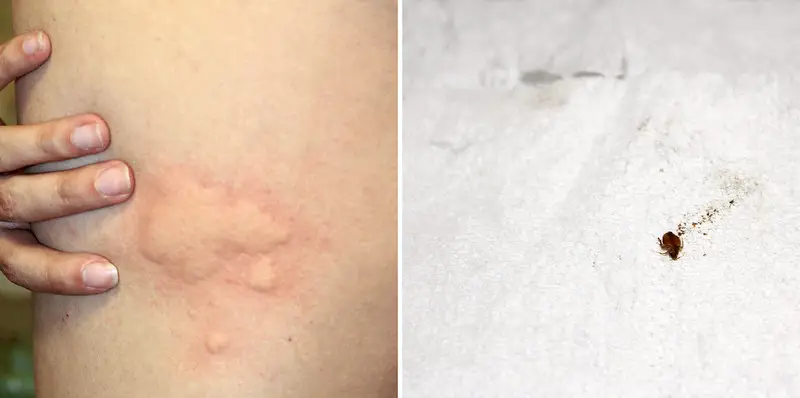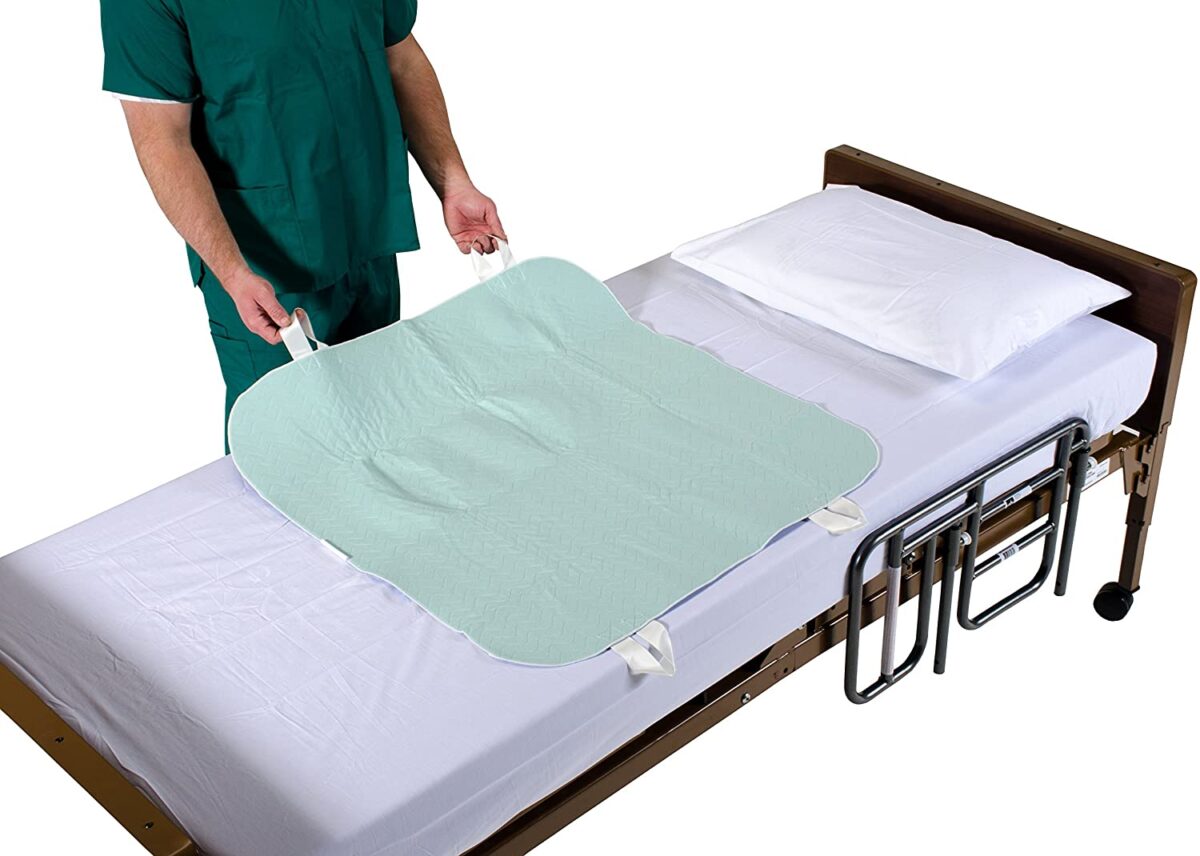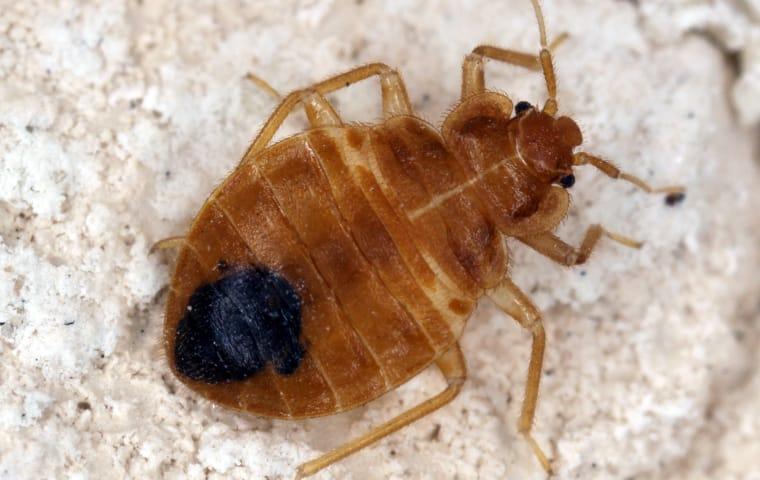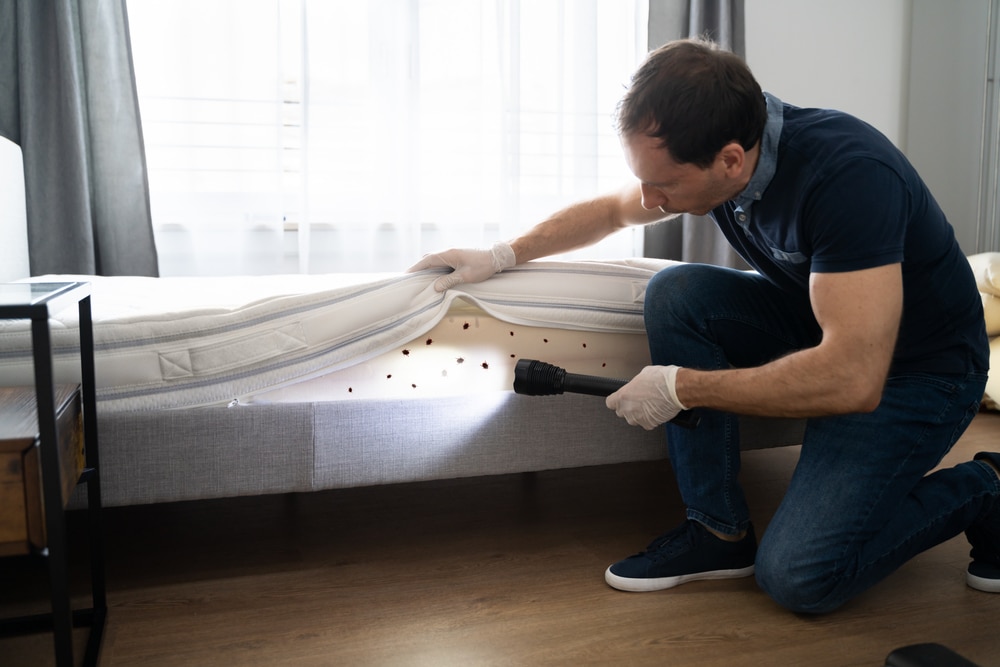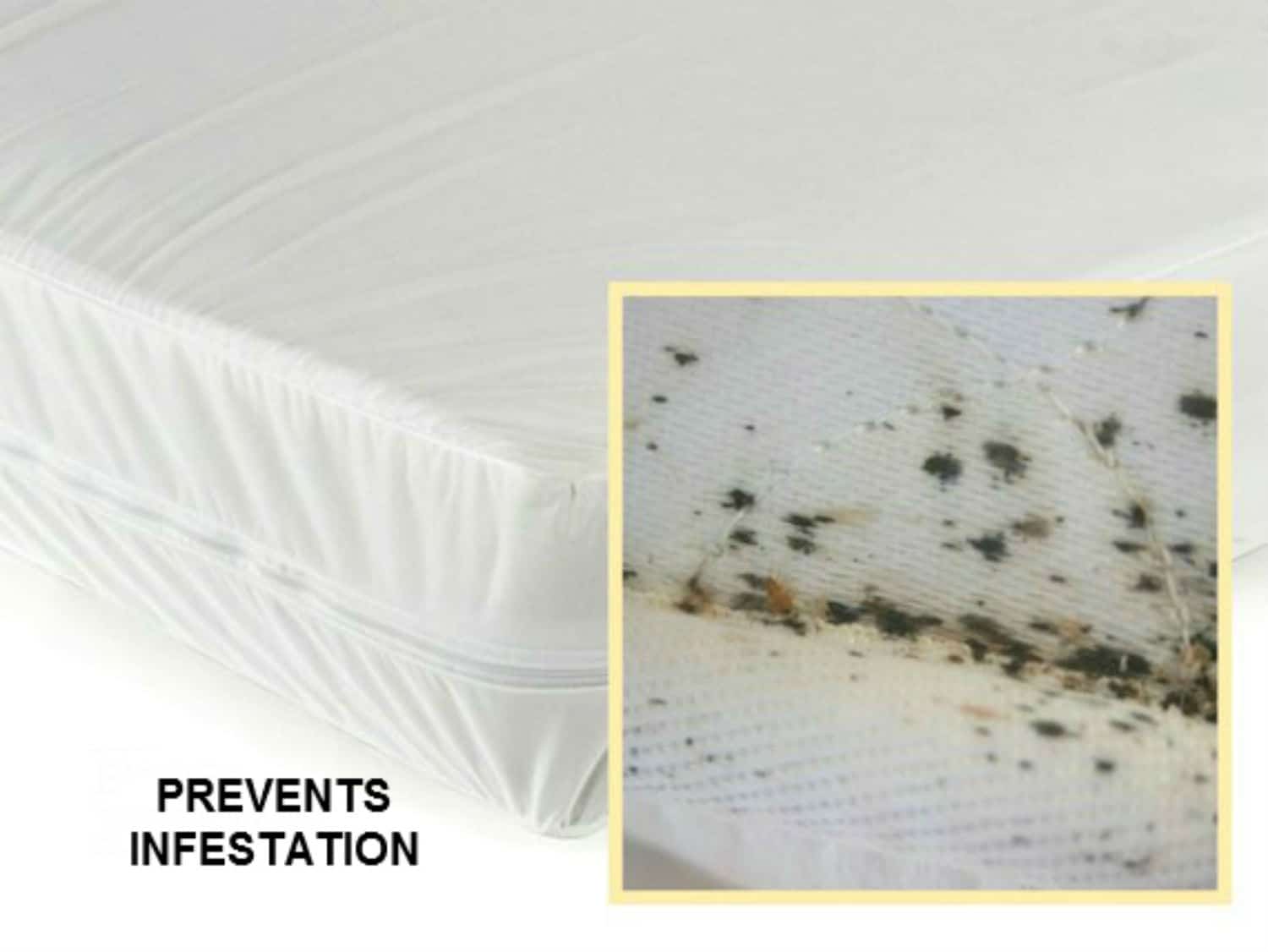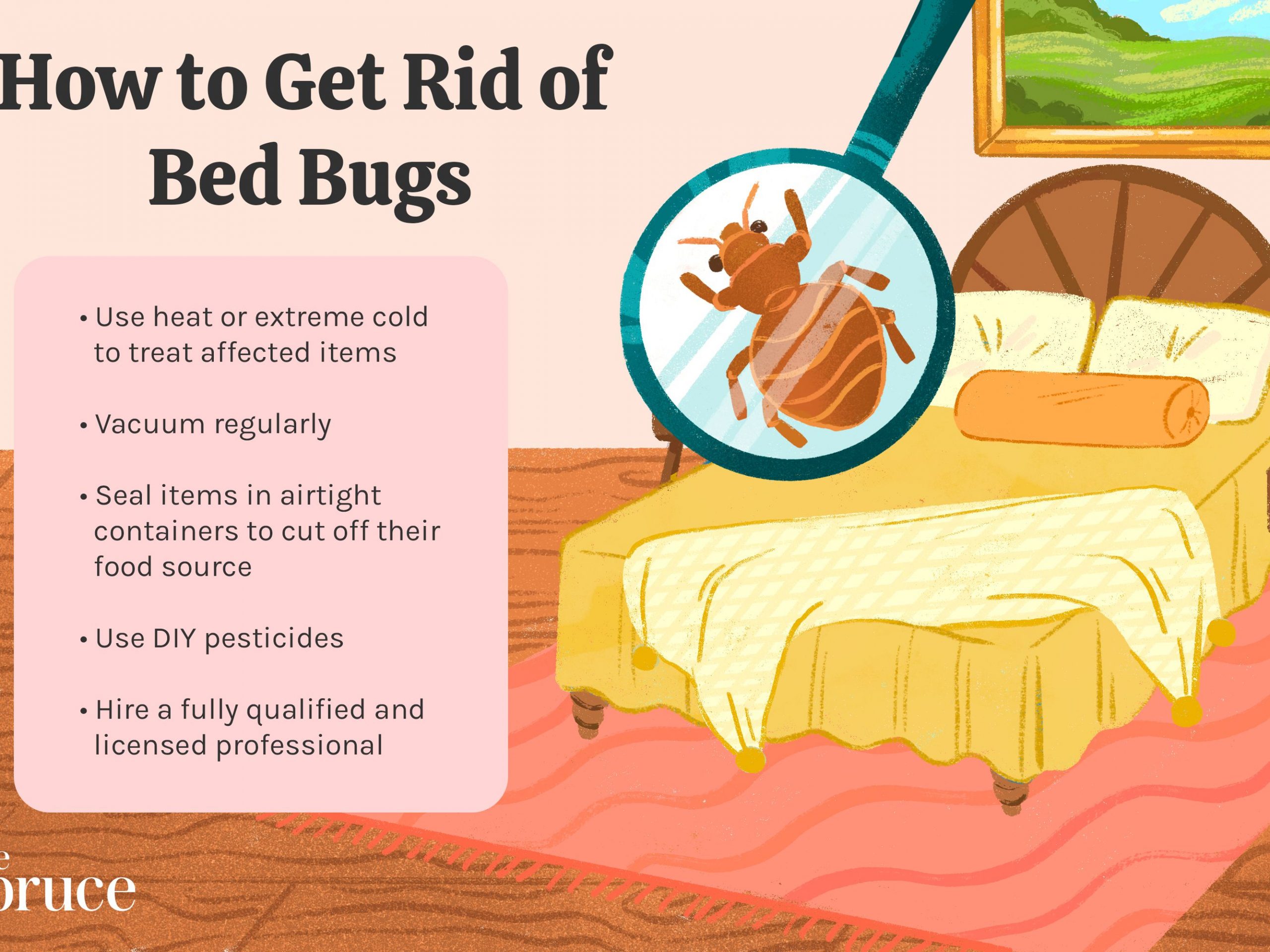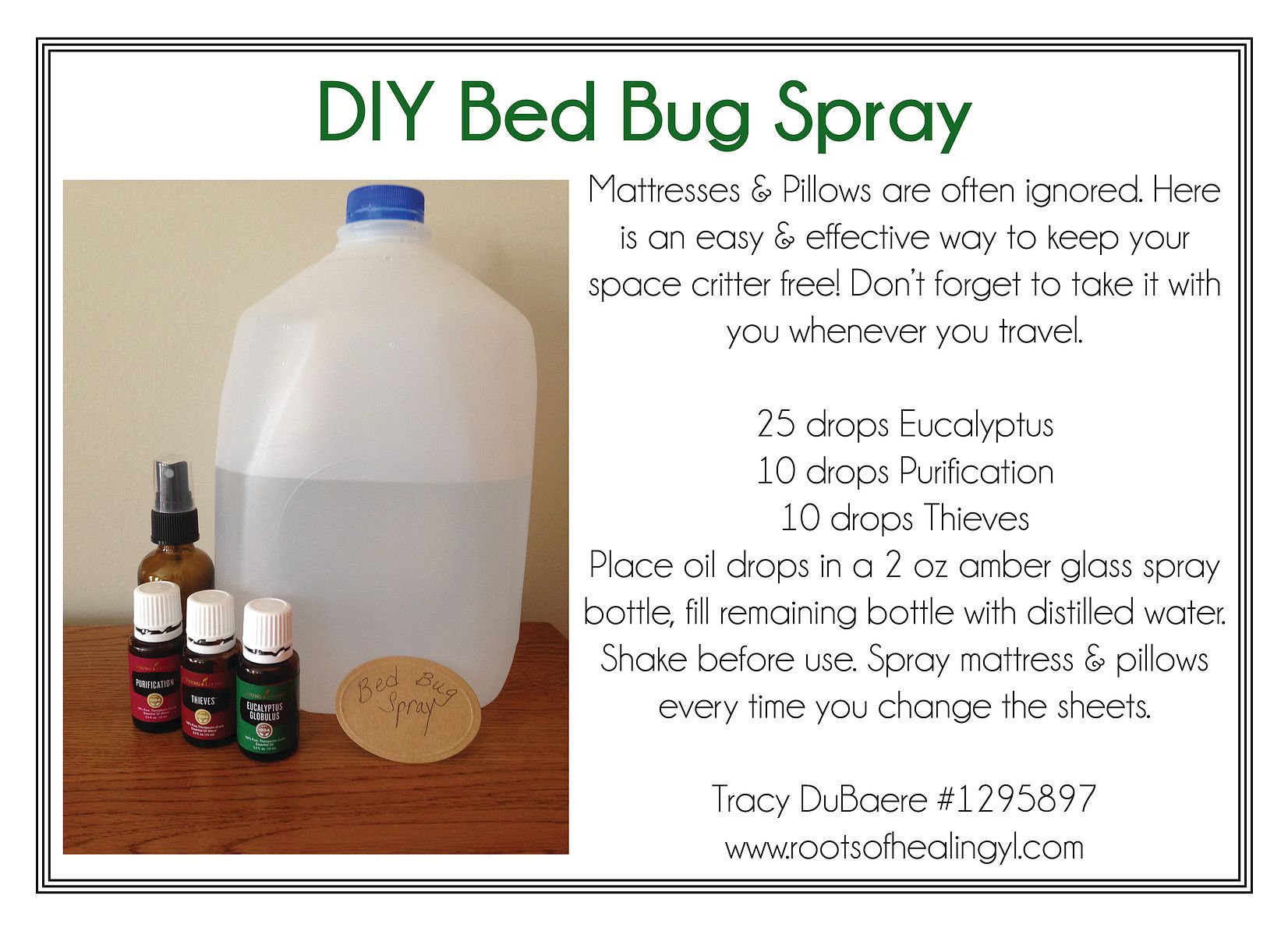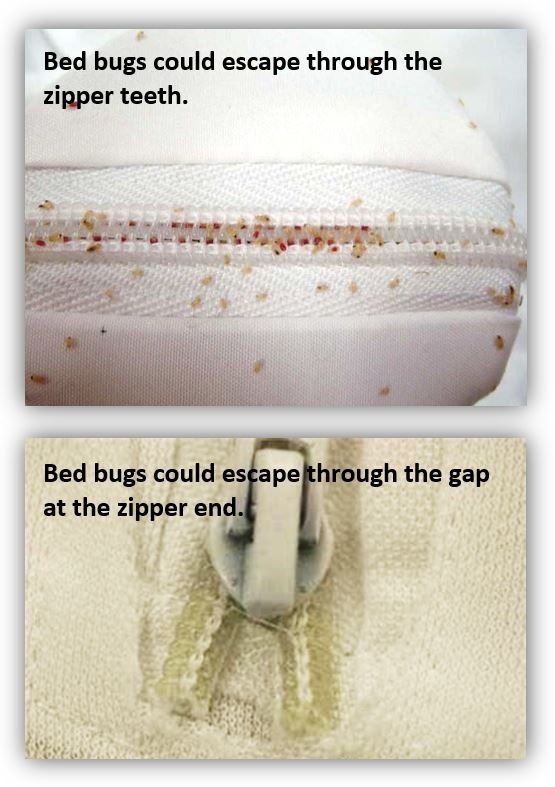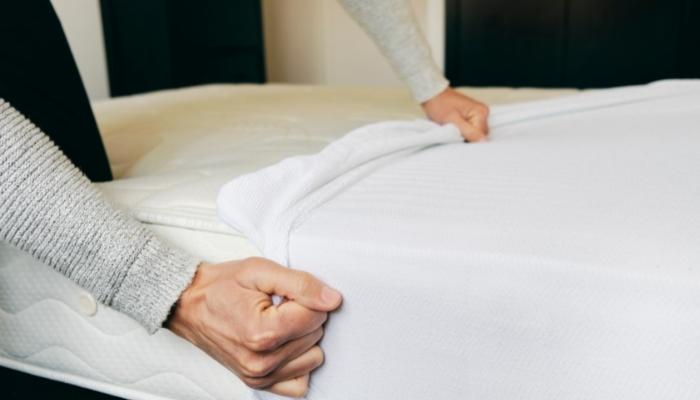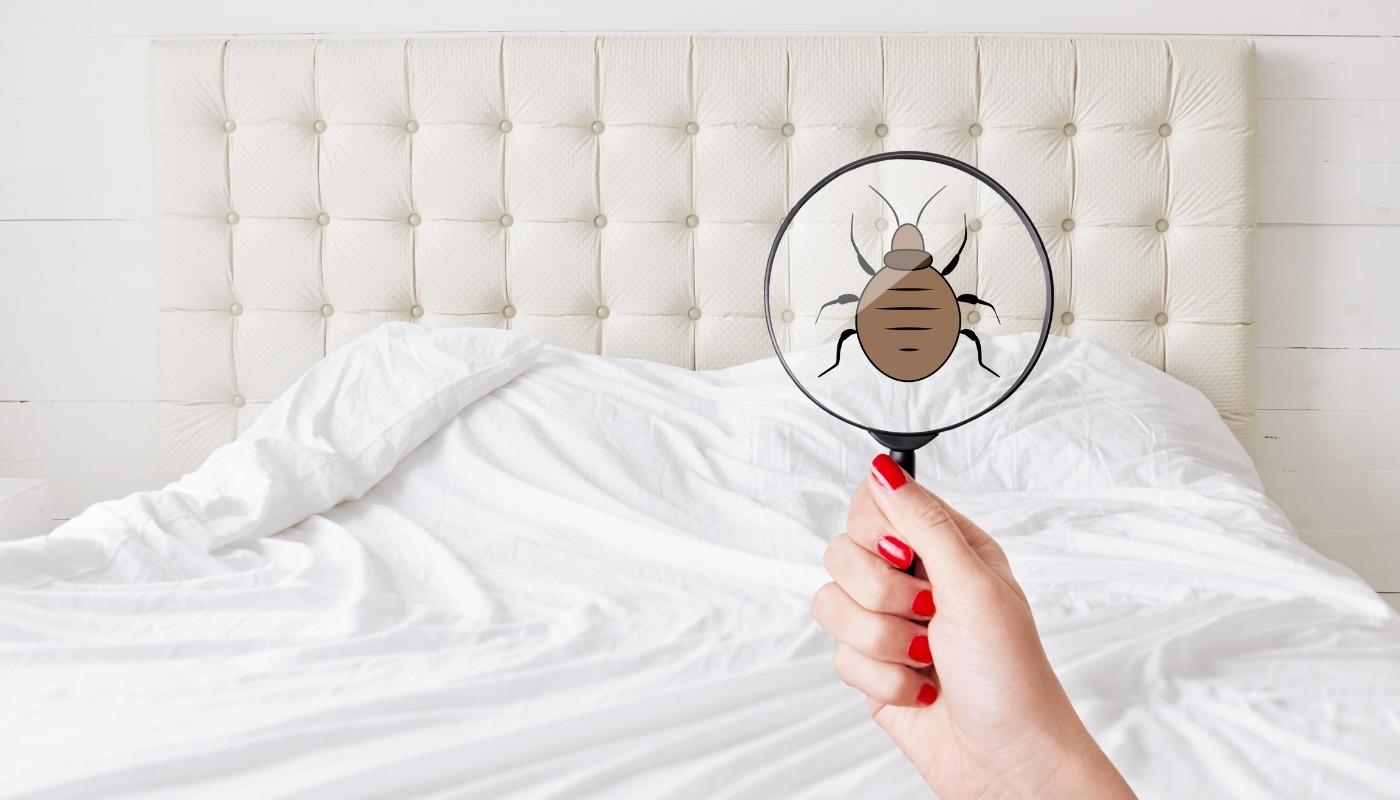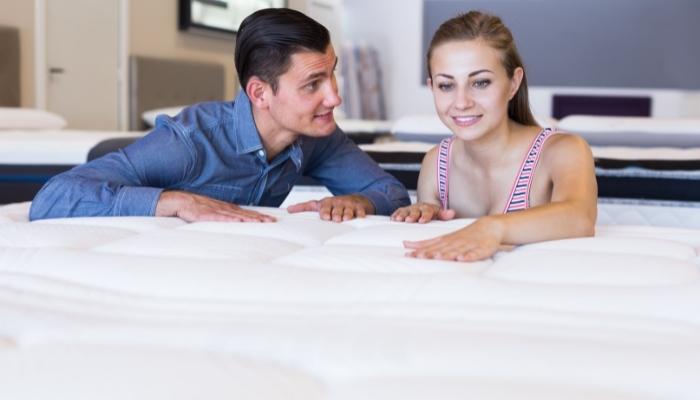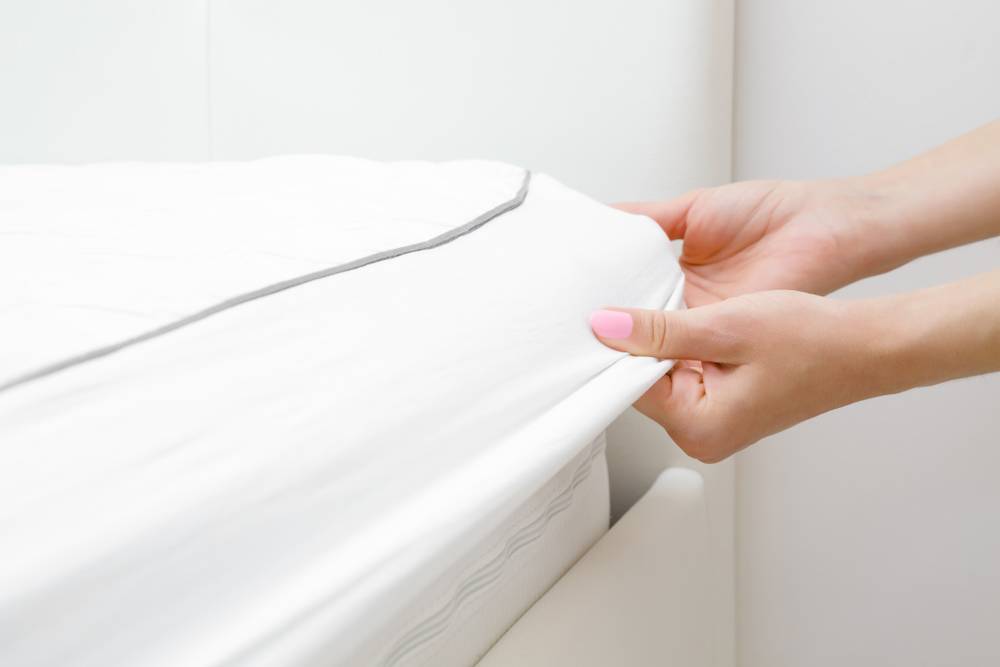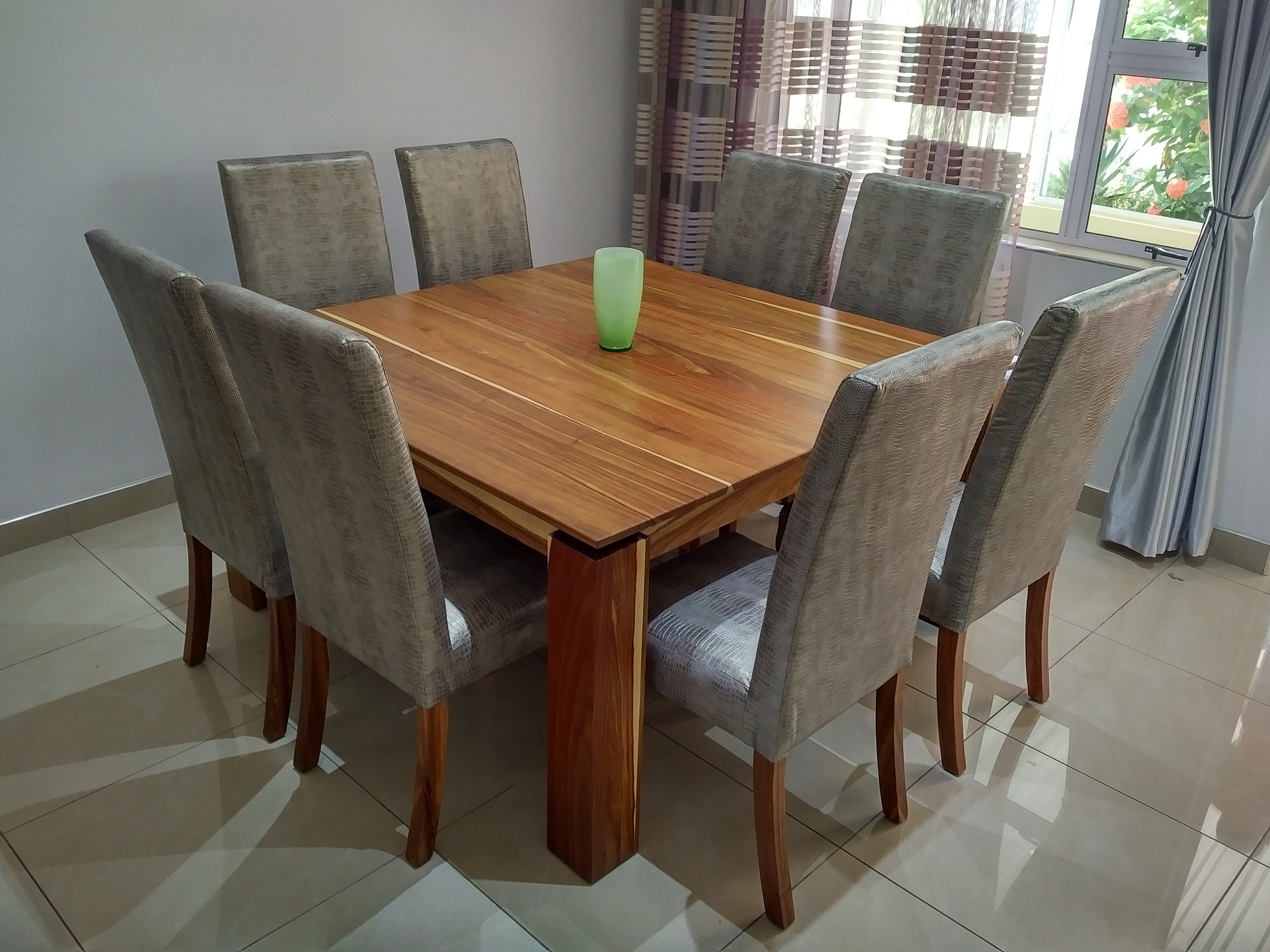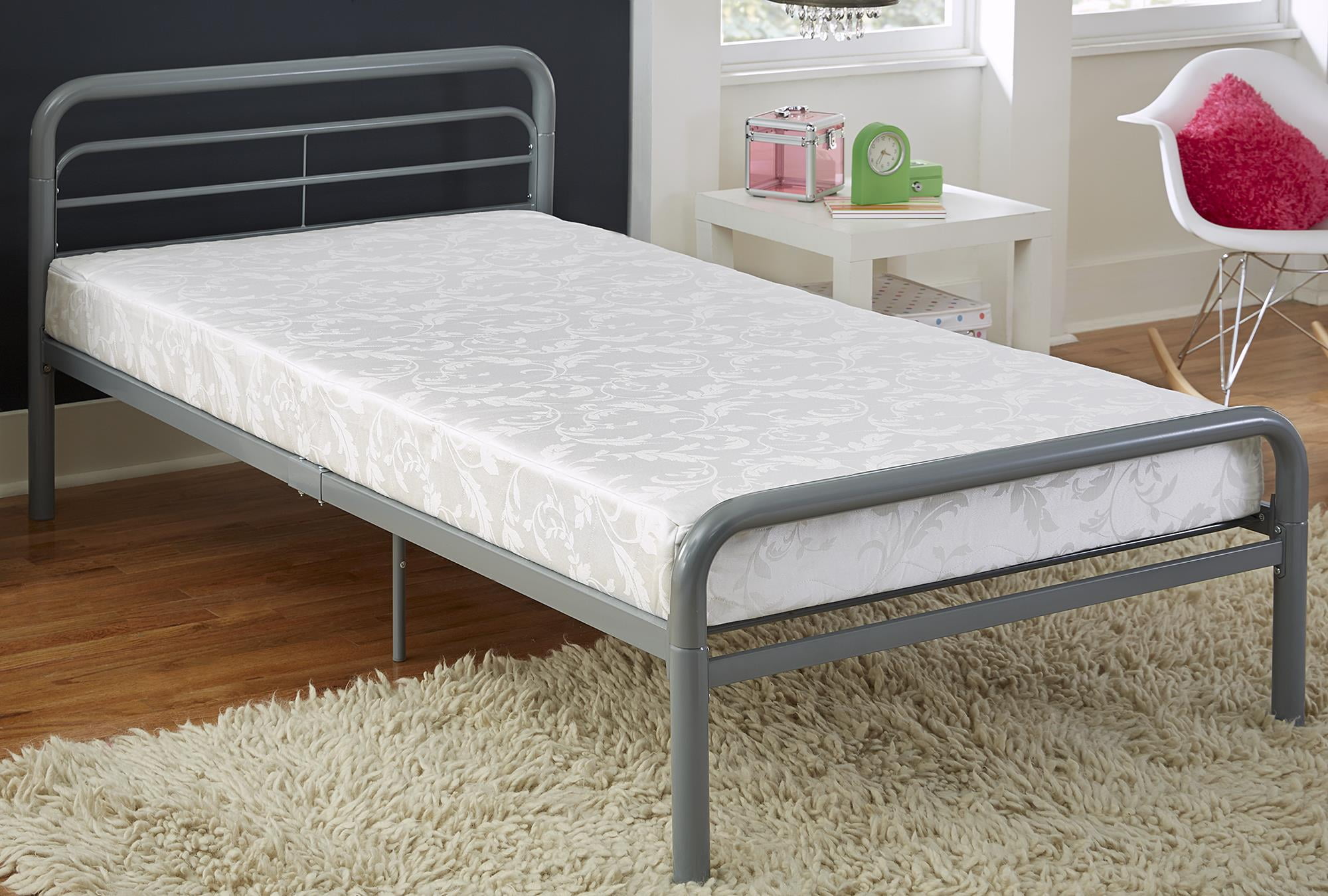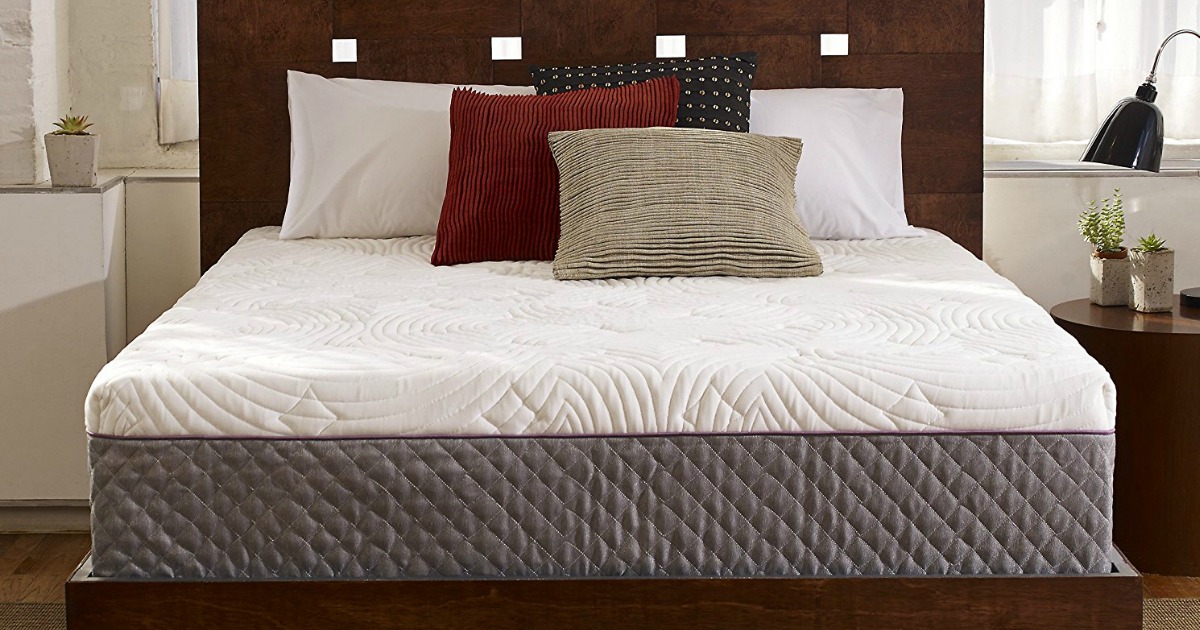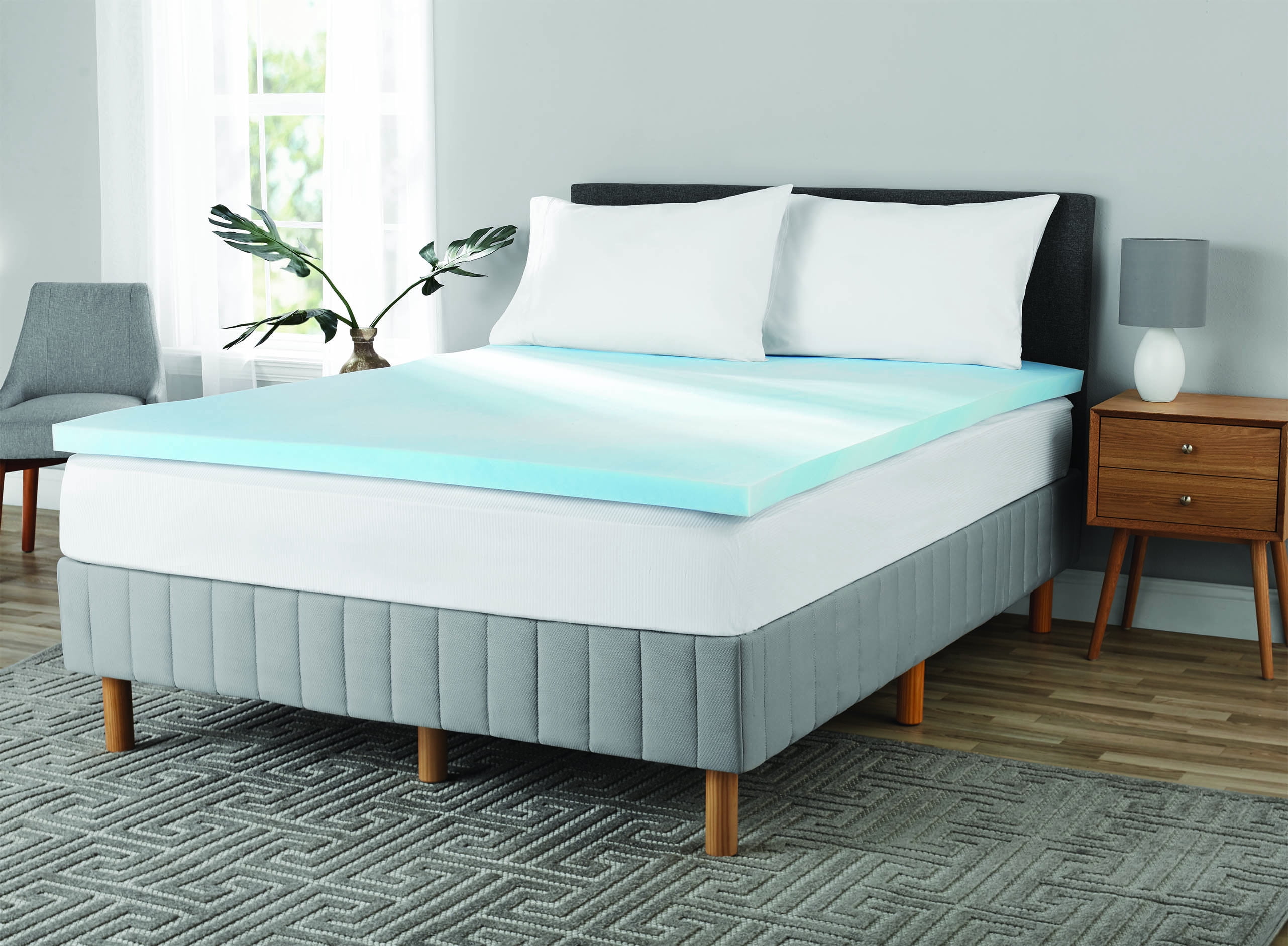1. How to Get Rid of Bed Bugs on a Mattress
Dealing with bed bugs on a mattress can be a frustrating and difficult task. These pesky insects can quickly infest your mattress, making it uncomfortable and potentially even harmful to your health. But fear not, there are effective ways to get rid of bed bugs on a cloth mattress and prevent them from coming back.
If you suspect that your mattress is infested with bed bugs, the first step is to thoroughly inspect it. Look for small reddish-brown bugs, their shed skins, or tiny black spots (which could be their fecal matter) on the mattress surface or in the seams and crevices.
Once you have confirmed the presence of bed bugs, there are a few methods you can use to get rid of them. These include vacuuming, steam cleaning, and using insecticides. Be sure to follow the instructions carefully and repeat the process multiple times to ensure all the bed bugs and their eggs are eliminated.
2. Cloth Mattress Covers for Bed Bugs
One of the best ways to prevent bed bugs from infesting your cloth mattress is by using a mattress cover. These covers are specially designed to encase your entire mattress, making it difficult for bed bugs to enter or escape.
When purchasing a mattress cover for bed bug protection, make sure it is labeled as "bed bug proof" or "bed bug certified." These covers are typically made of a tightly woven material that bed bugs cannot penetrate. It's also important to choose a cover that completely encases the mattress, including the zipper closure.
Using a cloth mattress cover can also make it easier to detect and eliminate bed bugs in the future, as they will be confined to the surface of the cover rather than hiding in the mattress itself.
3. Natural Remedies for Bed Bugs on Mattresses
If you prefer to use natural methods to get rid of bed bugs on your cloth mattress, there are a few options you can try. One popular method is using diatomaceous earth, a natural powder that effectively kills bed bugs by dehydrating them.
Another natural remedy is using essential oils, such as lavender, peppermint, or tea tree oil, to repel bed bugs. These oils can be diluted with water and sprayed onto your mattress to deter bed bugs from infesting it.
Keep in mind that natural remedies may not be as effective as chemical methods and may need to be applied more frequently. It's also important to consult with a professional or do thorough research before using any natural remedies on your mattress.
4. How to Clean a Mattress Infested with Bed Bugs
Cleaning your cloth mattress is an essential step in getting rid of bed bugs. Start by stripping off all bedding, including sheets, pillowcases, and blankets, and washing them in hot water and drying them on high heat. This will help to kill any bed bugs or eggs that may be hiding in the fabric.
Next, vacuum your mattress thoroughly, paying special attention to seams, crevices, and any tufts or buttons. Dispose of the vacuum bag immediately after use to prevent bed bugs from spreading to other areas of your home.
If possible, steam cleaning your mattress can also be an effective way to kill bed bugs and their eggs. Just be sure to use a high-temperature steam cleaner to ensure the bugs are eliminated.
5. Best Mattress Encasements for Bed Bug Protection
As mentioned earlier, using a mattress encasement is one of the most effective ways to prevent bed bugs from infesting your cloth mattress. But with so many options available, which one should you choose?
Some of the best mattress encasements for bed bug protection are made of a fabric called "microfiber." This material is tightly woven, making it difficult for bed bugs to enter or escape. It's also waterproof, which can be helpful in case of spills or accidents.
Other features to look for in a mattress encasement include zippered closures, reinforced seams, and a breathable design to prevent mold and mildew growth.
6. How to Identify Bed Bugs on a Mattress
It's important to know how to identify bed bugs on a mattress to effectively get rid of them. As mentioned earlier, they are small reddish-brown insects that are about the size of an apple seed. They may also leave behind tiny black spots (fecal matter) or shed skins on the surface of your mattress.
Another way to identify bed bugs is by noticing any bites on your body. Bed bug bites are typically small, red, and itchy, and often appear in a line or cluster on the skin.
If you suspect that your mattress is infested with bed bugs but cannot find any evidence, it's best to consult with a professional pest control service for proper identification and treatment.
7. Cloth Mattress Pads for Bed Bug Prevention
In addition to using a mattress encasement, placing a cloth mattress pad on top of your mattress can also provide an extra layer of protection against bed bugs. These pads are usually made of a thick, quilted fabric that can act as a barrier between your body and the mattress.
When choosing a cloth mattress pad, make sure it fits snugly on your mattress and can be easily washed and dried to prevent the spread of bed bugs.
8. DIY Bed Bug Mattress Treatment
While it's always recommended to seek professional help when dealing with a bed bug infestation, there are some DIY methods you can try to eliminate them from your cloth mattress.
One popular DIY treatment is using a mixture of rubbing alcohol and water to spray on your mattress. This can help kill bed bugs on contact and can also be used to clean your mattress before vacuuming or steam cleaning.
Another method is using a bed bug spray, which can be purchased at most home improvement stores. Just be sure to read and follow the instructions carefully, as some sprays can be harmful if not used correctly.
9. How to Prevent Bed Bugs on Your Cloth Mattress
The best way to deal with bed bugs on a mattress is to prevent them from infesting it in the first place. To do this, it's important to be vigilant and take preventive measures regularly.
Some ways to prevent bed bugs on your cloth mattress include regularly vacuuming and steam cleaning your mattress, using a mattress cover and pad, and inspecting your mattress and bedding for any signs of bed bugs regularly.
If you have recently traveled or have had visitors stay in your home, it's also a good idea to wash and dry all bedding on high heat to kill any potential bed bugs.
10. Bed Bug Proof Mattress Covers for Cloth Mattresses
As mentioned earlier, using a bed bug proof mattress cover is one of the most effective ways to protect your cloth mattress from these pesky insects. But with so many options available, which one should you choose?
Some of the best bed bug proof mattress covers are made of a material called "polyurethane." This fabric is tightly woven and has a waterproof barrier, making it difficult for bed bugs to penetrate. It's also hypoallergenic and can help protect against allergens and dust mites.
Other features to look for in a bed bug proof mattress cover include a zipper closure, reinforced seams, and a breathable design to prevent mold and mildew growth.
In conclusion, dealing with bed bugs on a cloth mattress can be a frustrating and challenging task. However, with the right methods and preventative measures, you can effectively eliminate these pests and prevent them from coming back. Remember to always follow instructions carefully and seek professional help if needed. With diligence and patience, you can enjoy a bed bug-free cloth mattress and a good night's sleep.
Cloth Mattress Bed Bugs: How to Protect Your Home from These Pests

Introduction
 When it comes to designing our homes, we often focus on aesthetics and functionality. However, there is one important factor that we often overlook – the presence of bed bugs. These tiny pests are commonly found in cloth mattresses and can cause a lot of problems for homeowners. In this article, we will discuss the dangers of having cloth mattress bed bugs and provide tips on how to protect your home from them.
When it comes to designing our homes, we often focus on aesthetics and functionality. However, there is one important factor that we often overlook – the presence of bed bugs. These tiny pests are commonly found in cloth mattresses and can cause a lot of problems for homeowners. In this article, we will discuss the dangers of having cloth mattress bed bugs and provide tips on how to protect your home from them.
The Dangers of Cloth Mattress Bed Bugs
 Bed bugs are small, brownish insects that feed on the blood of humans and animals. They are attracted to warm, dark, and hidden places, making cloth mattresses the perfect hiding spot. These pests are not just a nuisance, they can also pose serious health risks.
Bed bug bites can cause severe itching, redness, and swelling, which can lead to skin infections.
Moreover, some people may have allergic reactions to bed bug bites, causing them to experience difficulty breathing, dizziness, and even anaphylaxis.
Bed bugs are small, brownish insects that feed on the blood of humans and animals. They are attracted to warm, dark, and hidden places, making cloth mattresses the perfect hiding spot. These pests are not just a nuisance, they can also pose serious health risks.
Bed bug bites can cause severe itching, redness, and swelling, which can lead to skin infections.
Moreover, some people may have allergic reactions to bed bug bites, causing them to experience difficulty breathing, dizziness, and even anaphylaxis.
Protecting Your Home from Cloth Mattress Bed Bugs
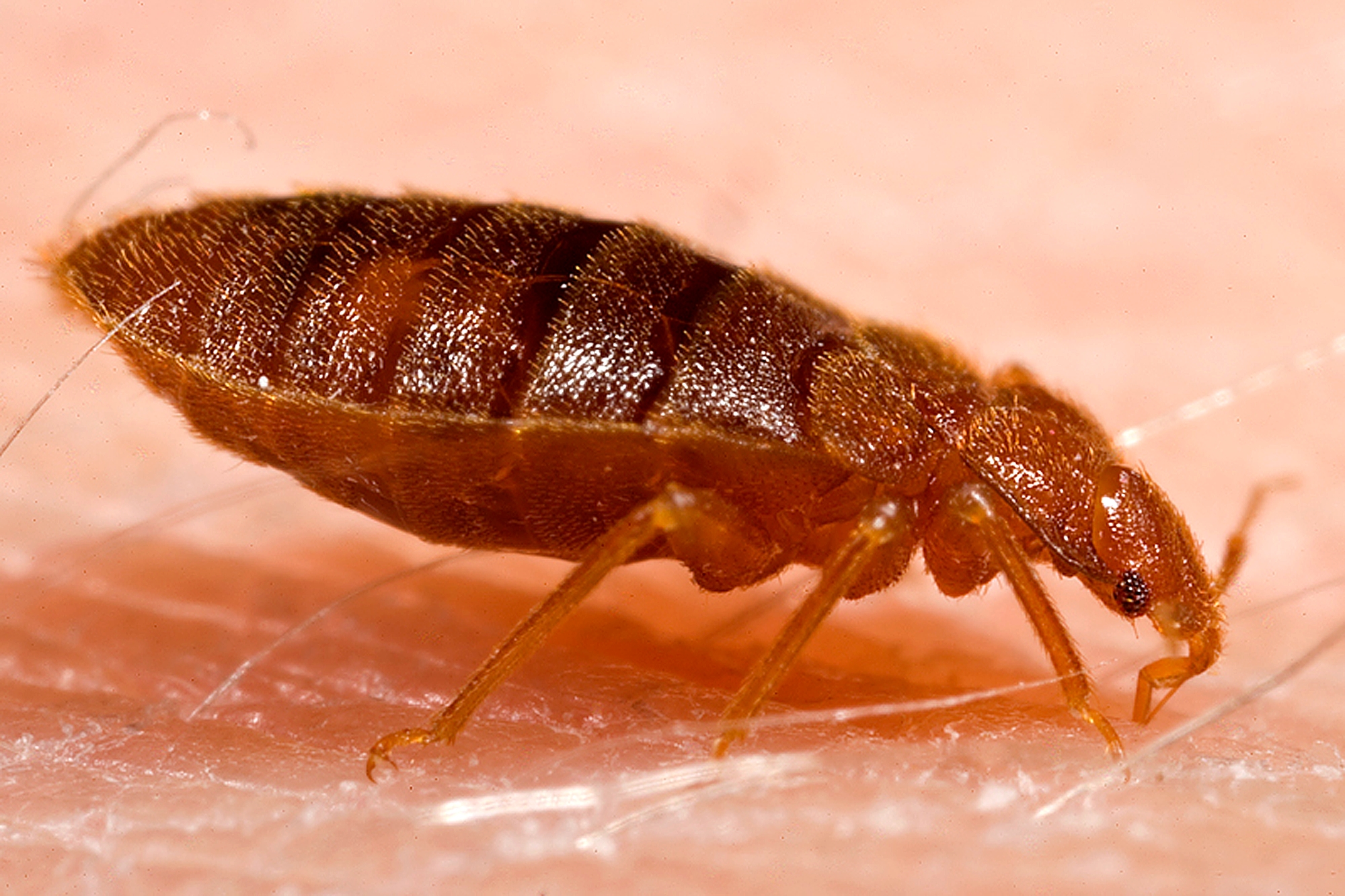 Prevention is always better than cure, and the same goes for bed bugs. Here are some tips to keep your home free from cloth mattress bed bugs:
1.
Inspect Second-Hand Mattresses:
If you are planning to purchase a second-hand mattress, make sure to thoroughly inspect it for any signs of bed bugs. Look for dark spots, eggs, or shed skin, which are indications of an infestation.
2.
Encase Your Mattress:
Investing in a mattress encasement can provide an extra layer of protection against bed bugs. Make sure to choose an encasement with a zipper and a tight seal to prevent bed bugs from entering or escaping.
3.
Clean Regularly:
Regularly cleaning and vacuuming your mattress can help reduce the risk of bed bug infestations. Pay special attention to the seams and crevices where bed bugs are known to hide.
4.
Eliminate Clutter:
Bed bugs love cluttered spaces as it provides them with more hiding spots.
Decluttering your home can help reduce the chances of bed bugs finding a place to hide.
5.
Seek Professional Help:
If you suspect a bed bug infestation in your home, it is best to seek professional help. A trained exterminator can effectively eliminate bed bugs and prevent future infestations.
Prevention is always better than cure, and the same goes for bed bugs. Here are some tips to keep your home free from cloth mattress bed bugs:
1.
Inspect Second-Hand Mattresses:
If you are planning to purchase a second-hand mattress, make sure to thoroughly inspect it for any signs of bed bugs. Look for dark spots, eggs, or shed skin, which are indications of an infestation.
2.
Encase Your Mattress:
Investing in a mattress encasement can provide an extra layer of protection against bed bugs. Make sure to choose an encasement with a zipper and a tight seal to prevent bed bugs from entering or escaping.
3.
Clean Regularly:
Regularly cleaning and vacuuming your mattress can help reduce the risk of bed bug infestations. Pay special attention to the seams and crevices where bed bugs are known to hide.
4.
Eliminate Clutter:
Bed bugs love cluttered spaces as it provides them with more hiding spots.
Decluttering your home can help reduce the chances of bed bugs finding a place to hide.
5.
Seek Professional Help:
If you suspect a bed bug infestation in your home, it is best to seek professional help. A trained exterminator can effectively eliminate bed bugs and prevent future infestations.
Conclusion
 In conclusion, cloth mattress bed bugs can be a serious threat to your home and health. By following the tips mentioned above, you can protect your home from these pests and ensure a safe and comfortable living space. Remember, early detection and prevention are key to avoiding a bed bug infestation. So, be vigilant and take necessary precautions to keep your home bed bug-free.
In conclusion, cloth mattress bed bugs can be a serious threat to your home and health. By following the tips mentioned above, you can protect your home from these pests and ensure a safe and comfortable living space. Remember, early detection and prevention are key to avoiding a bed bug infestation. So, be vigilant and take necessary precautions to keep your home bed bug-free.






